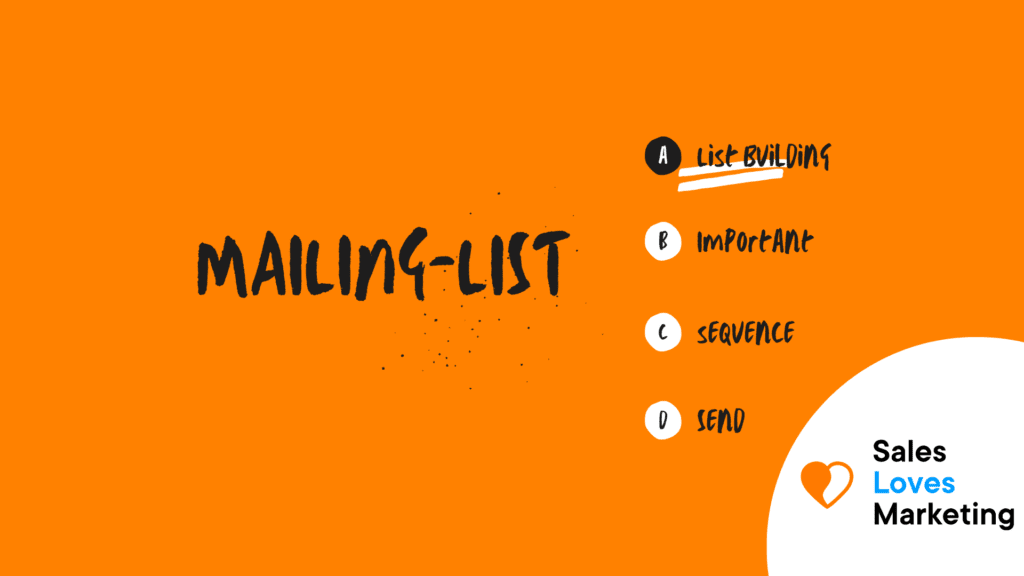What is a Mailing List?
A Mailing List is a list of mailing address information of a group of people who have a common interest.
Mailing Lists are used for the optimal distribution of messages. Theycan contain both physical address data and e-mail addresses. Companies often use them to send messages to employees or customers; however, they can be created for personal or any other purpose.
Why are Mailing Lists important in marketing?
Mailing lists are a way to send messages collectively depending on the criteria of the list creator or owner.
In marketing, they are a valuable tool because they provide opportunities to group contacts into smaller groups to get information to them more quickly and effectively.
A mailing list can be created and classified depending on the purpose of a specific advertising campaign, such as promoting products or services, maintaining customer loyalty, creating groups to test a new product, sending reminders or relevant content, generating engagement, among others.
Among the many advantages of using mailing lists in marketing are:
- It helps store and manage customer information in an organized way, which optimizes the sending of messages.
- It allows them to maintain direct contact with customers.
- With an organized mailing list, you can send information about products or services to more customers, which would increase the likelihood of increasing sales.
- Increases ROI (Return on investment).
- Helps to gather feedback and test new products or services such as A/B Testing.
Recommended Reading: 10 Email Marketing Strategies to Improve Your Audience Engagement
How to build an Email List?
It is no secret that obtaining personal data is sometimes difficult because it can generate distrust in them. However, there are ways to make it easier to build an email list quickly and effectively, and, to achieve this, you can follow these simple tricks:
Create original, eye-catching, and, above all, simple and easy-to-use forms that work correctly on any electronic device.
They can be inserted as a question in widgets, in a blog (at the beginning, during, or at the end of the reading), in the header or welcome of the website, in the floating bars that are above or below the web page, when it detects that the reader intends to leave the website or simply a form to resubscribe.
Doing sweepstakes to obtain user’s emails.
This is a widely used tactic that can quickly attract a large number of users; with these, you can get the email address and the name of the participant that serves to personalize the messages of the campaigns.
Updating digital content.
This practice allows you to obtain emails in exchange for additional content; an example would be to offer e-books, secret podcasts, free tools, printable, swipe copy, checklist, design assets, one month free, etc.
Use Social Networks.
Due to the enormous number of people using social networks nowadays, sites such as Facebook, Twitter, etc., are an inexhaustible source to obtain data to create mailing lists.
Currently, they have free and paid options that, with a single click, lead users to a registration and subscription form.
How can I segment my Email List?
If you have already created an email list and you don’t know how to divide or segment it, you can do it in several ways.
Here are some of the easiest and simplest ways to do it:
- Leads, this segment includes those people that you consider potential customers and that you just need to give them a push to convert them into customers.
- New Products, you can create a segment to inform regular customers which are the new products or services you offer.
- Customer Service, this type of customer mailing list is useful to know the degree of customer satisfaction and how they have interacted with your brand. This will allow you to make the right decisions to strengthen your image and continue to grow.
